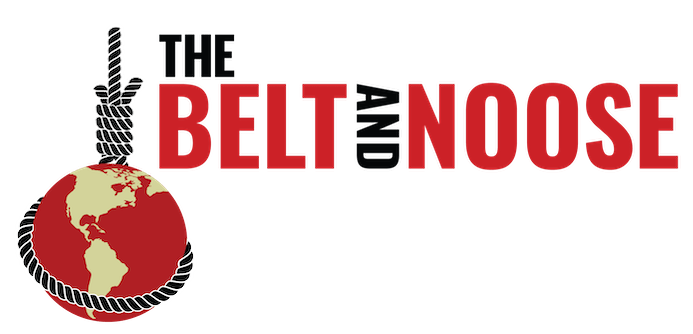
AidData’s new dataset of 13,427 Chinese development projects worth $843 billion reveals major increase in ‘hidden debt’ and Belt and Road Initiative implementation problems
29 September 2021
Alex Wooley
AidData, an international development research lab based at William & Mary’s Global Research Institute, today released a trove of new findings about China’s secretive overseas development finance program. The analysis, based on a massive new dataset four years in the making, includes a special focus on China’s Belt and Road Initiative (BRI). It comes at a time when the U.S. and its allies are seeking to develop a viable alternative to the BRI through the Build Back Better World (B3W) initiative, announced at the G7 summit in June 2021.
The AidData report, Banking on the Belt and Road, offers a bird’s-eye view of China’s geo-economic strategy before and after the introduction of the BRI in 2013. It details how spending patterns, debt levels, and project implementation problems have changed over time, leveraging insights from a uniquely granular dataset that captures 13,427 projects across 165 countries worth $843 billion. These projects were financed by more than 300 Chinese government institutions and state-owned entities. The new 2.0 Global Chinese Development Finance Dataset covers projects approved between 2000 and 2017 and implemented between 2000 and 2021. It is the most comprehensive dataset of its kind.
“China has quickly established itself as the financier of first resort for many low-income and middle-income countries, but its international lending and grant-giving activities remain shrouded in secrecy,” said Ammar A. Malik, a Senior Research Scientist at AidData and co-author of Banking on the Belt and Road. “Beijing’s reluctance to disclose detailed information about its overseas development finance portfolio has made it difficult for low-income and middle-income countries to objectively weigh the costs and benefits of participating in the BRI. It has also made it challenging for bilateral aid agencies and multilateral development banks to determine how they can compete—or coordinate and collaborate—with China to address issues of global concern.”


